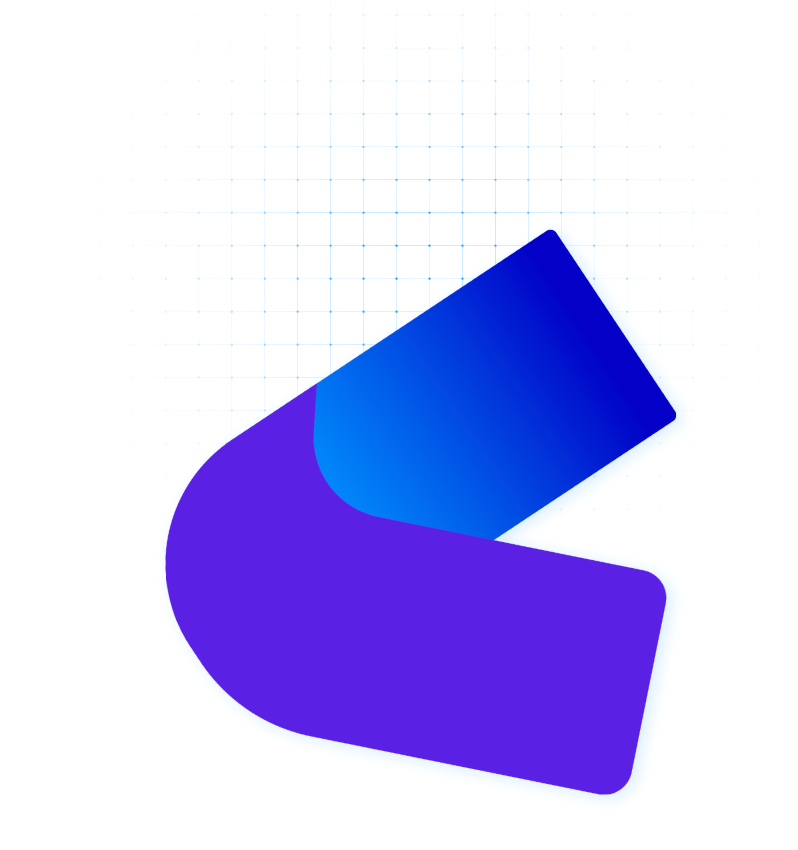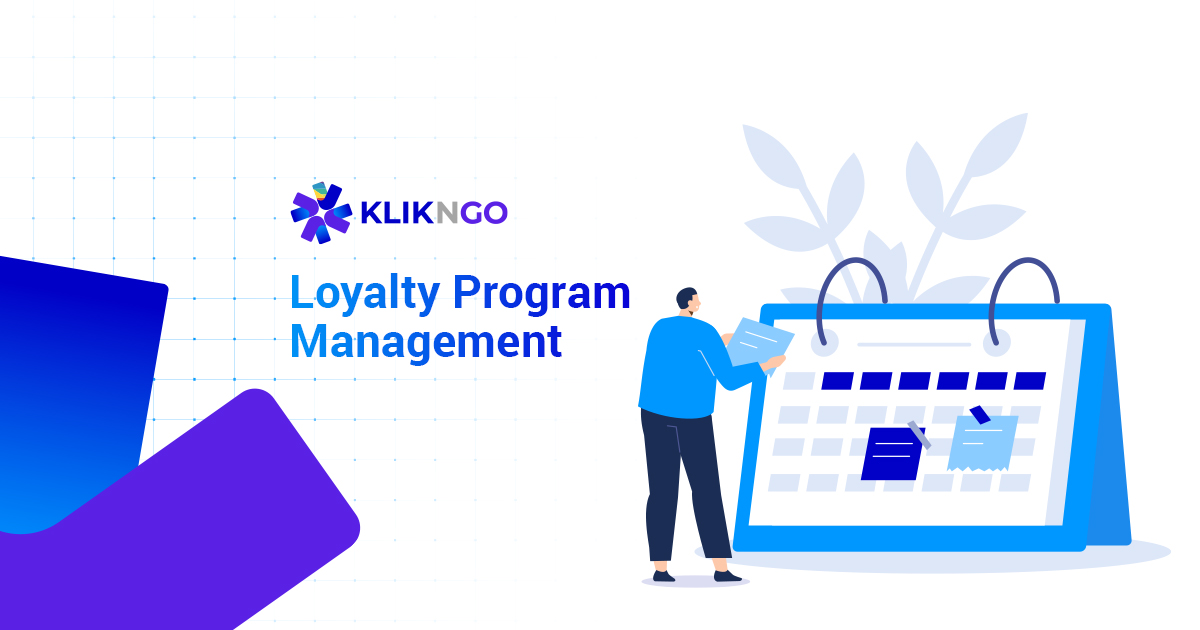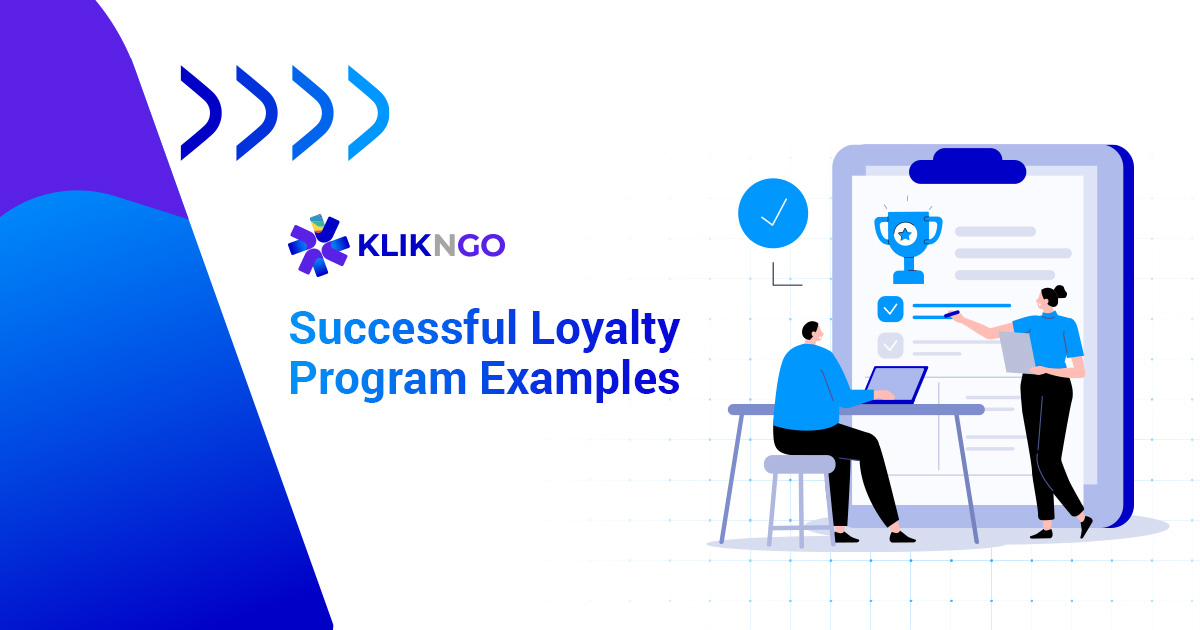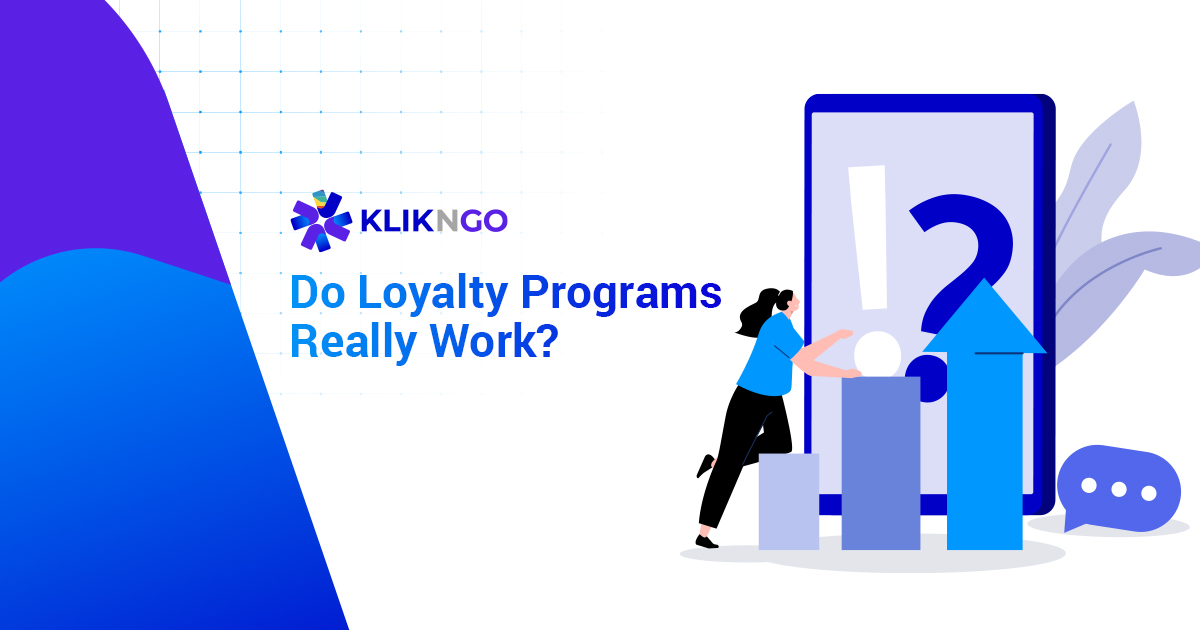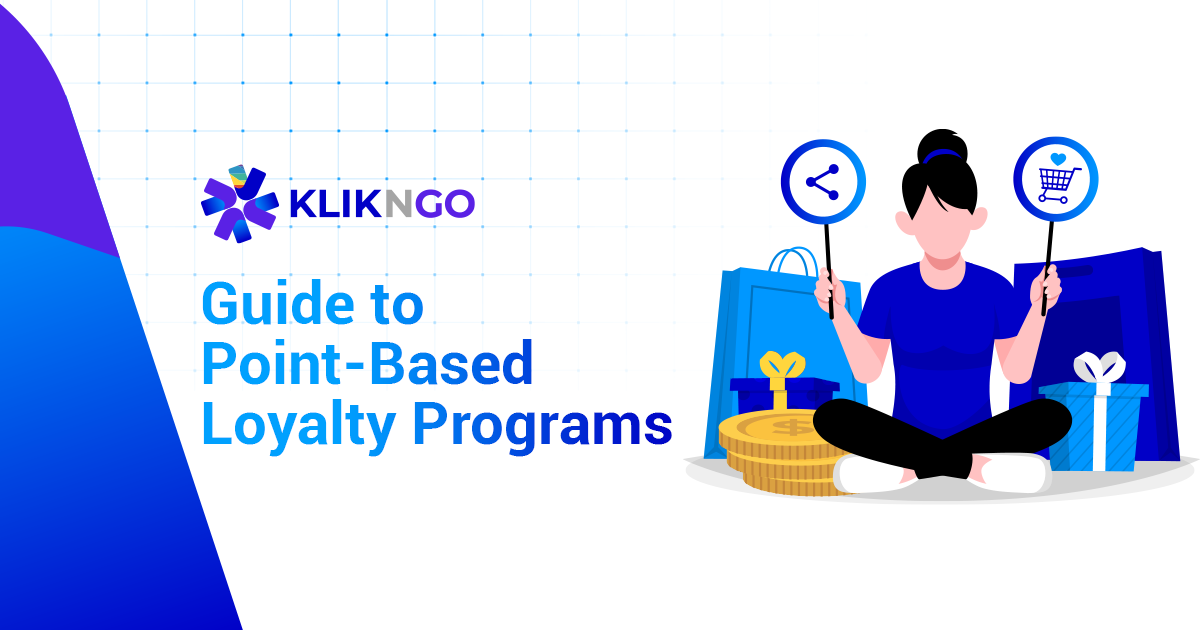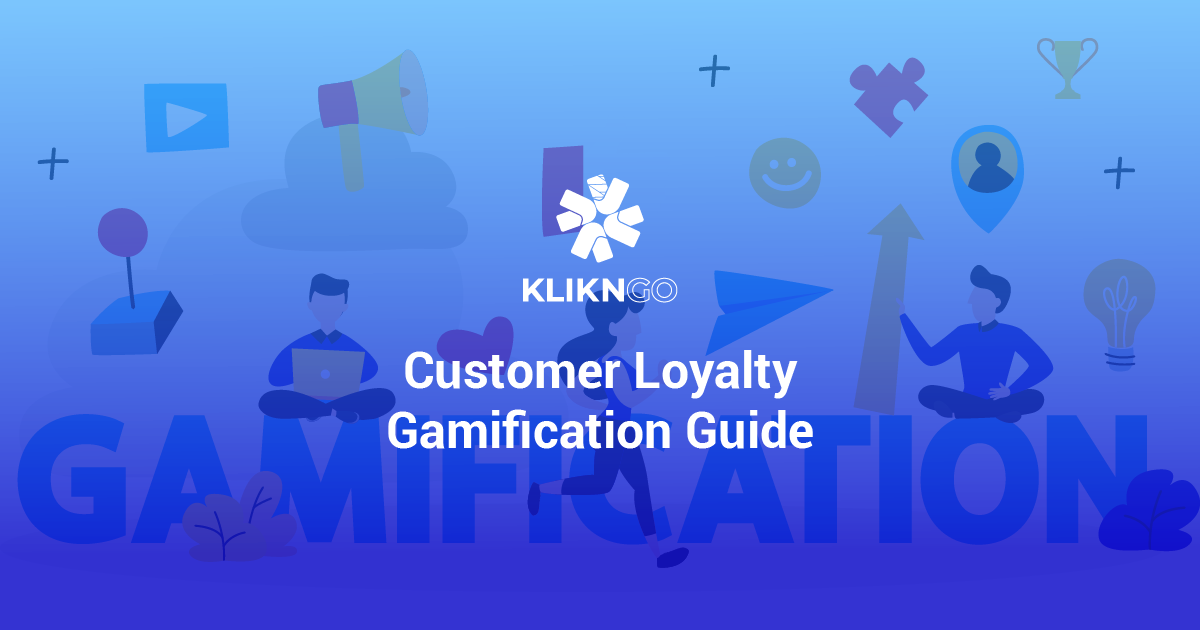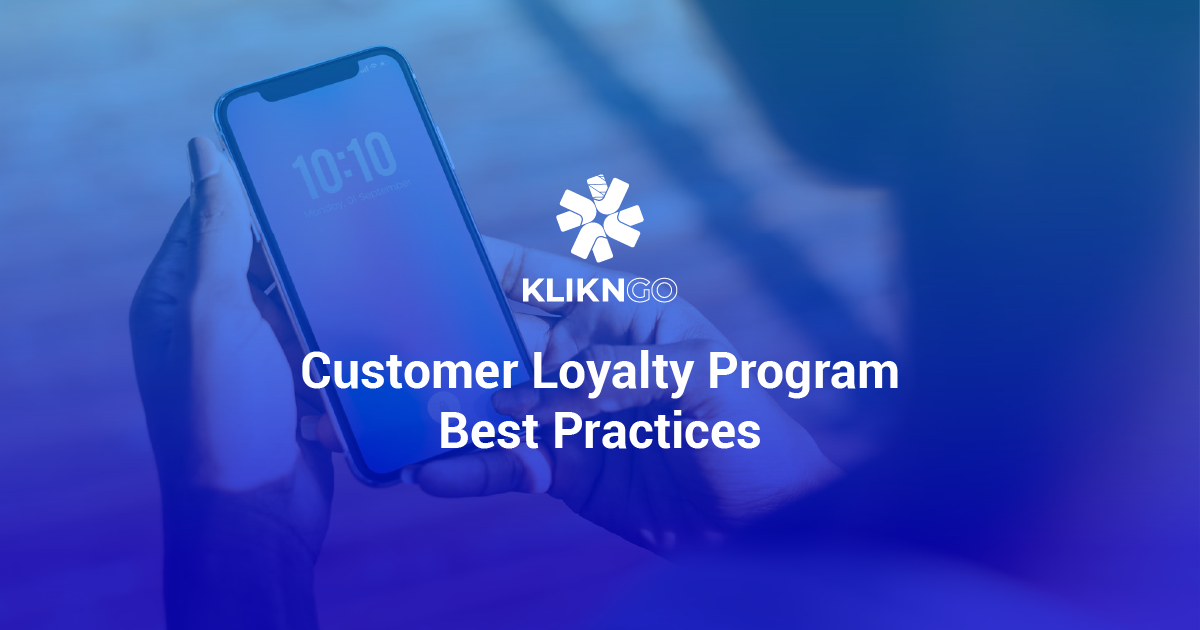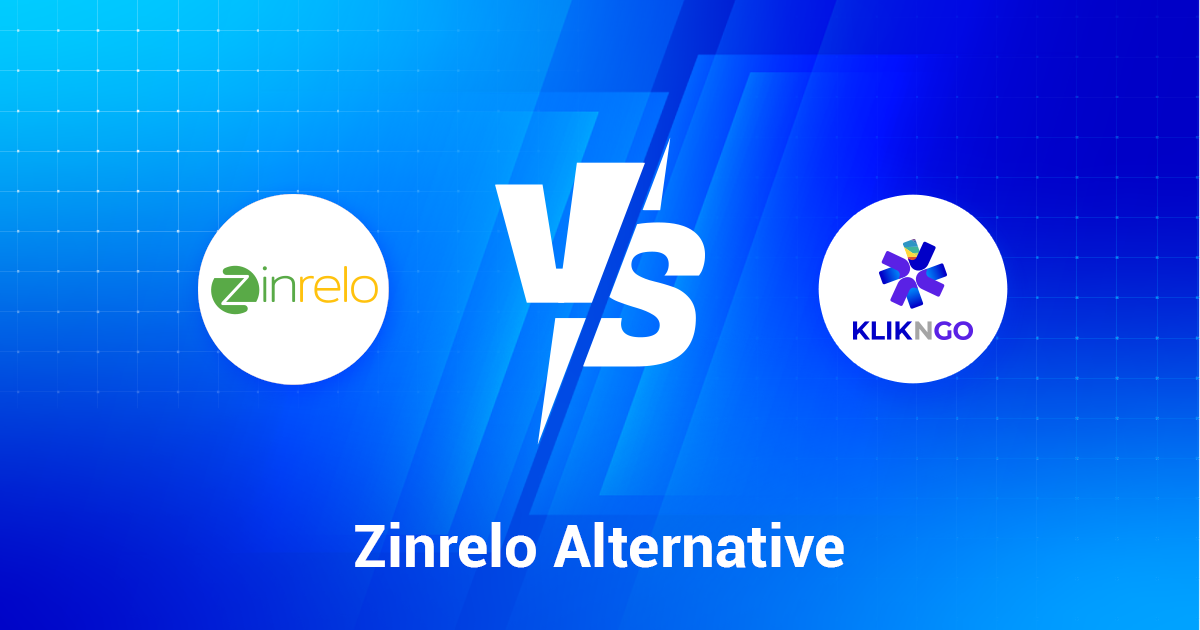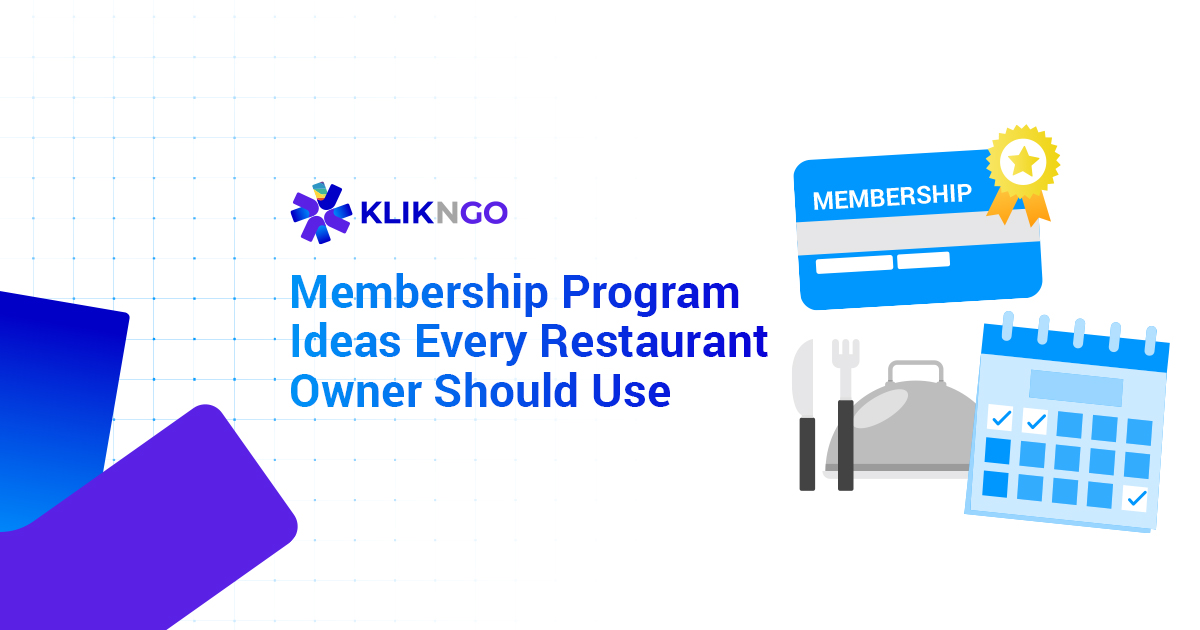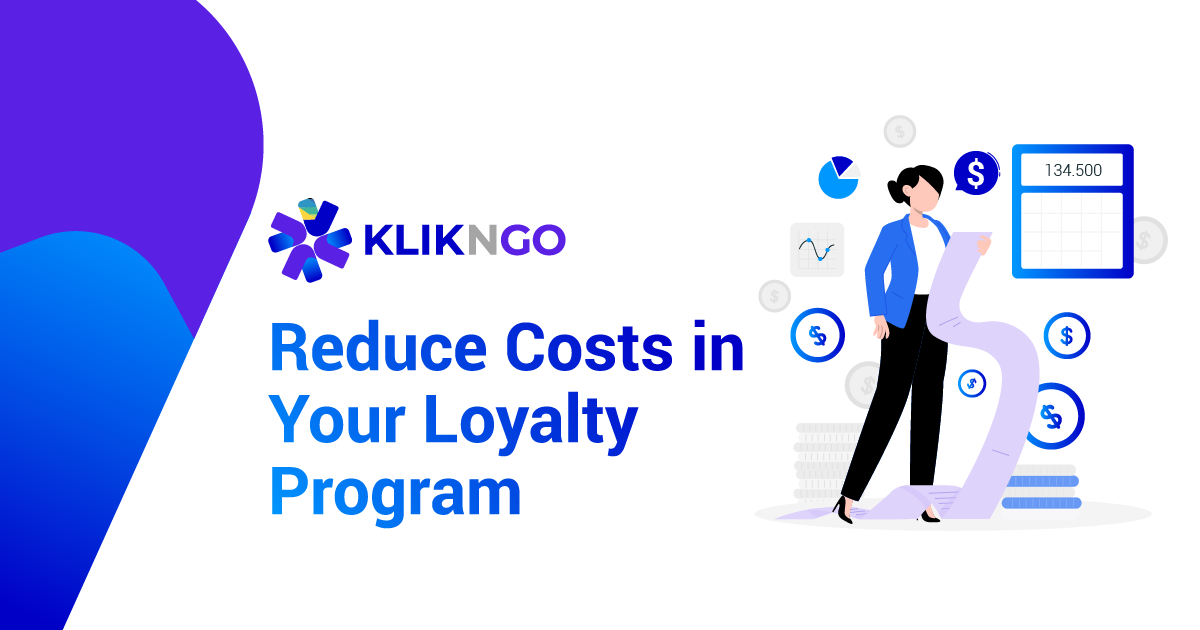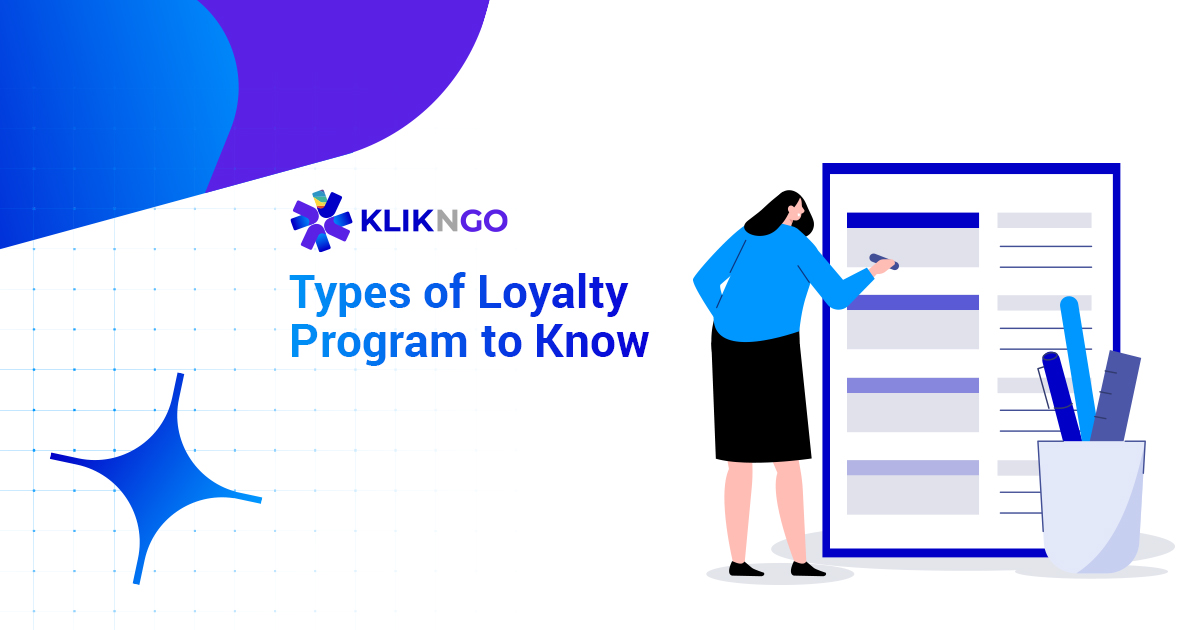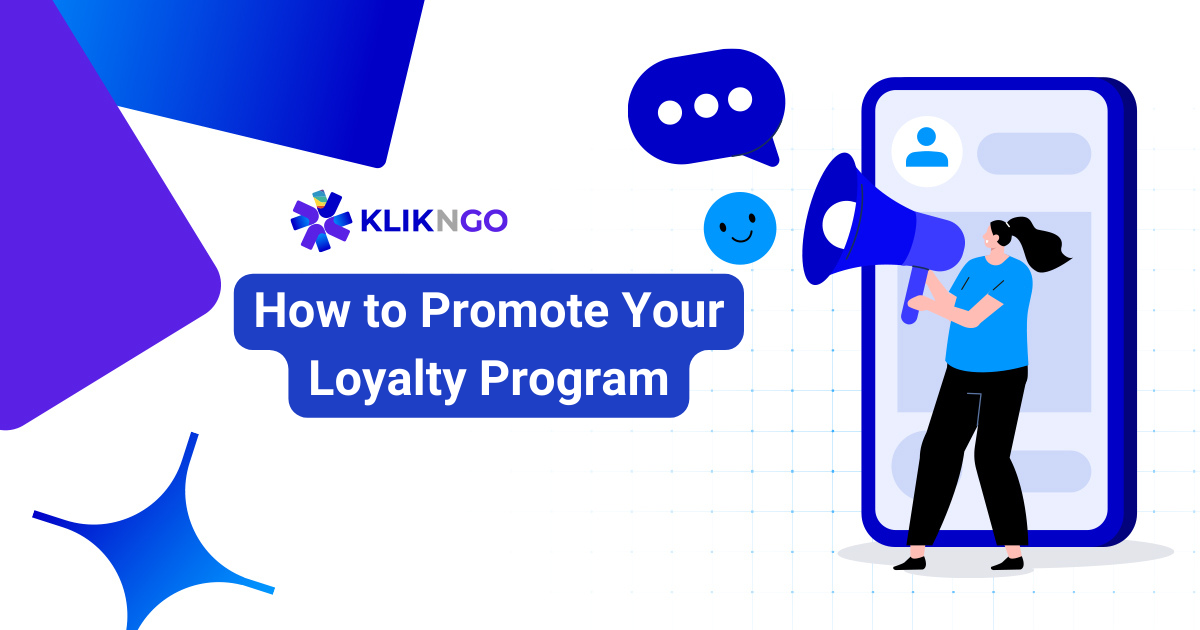What Exactly is Loyalty Program Management?
Loyalty program management involves overseeing the day-to-day operations of a customer loyalty program to make sure it runs efficiently and flawlessly.
This includes but is not limited to tracking customer points, managing rewards, and ensuring accurate data handling and collection.
The goal is to deliver a seamless experience for customers, where they receive the rewards they’ve earned without issues.
Effective management also includes system integration, ensuring the loyalty platform works well with other business systems like CRM, POS, websites, eCommerce stores, etc.
Other than the operations aspect, loyalty program management also involves monitoring program performance, analyzing customer behavior, and adjusting reward structures to optimize engagement and revenue.
Management also includes troubleshooting technical issues, ensuring compliance with legal regulations, and maintaining the infrastructure needed to support the program.
Why is Loyalty Program Management So Important?
Loyalty program management is important for making sure the program operates smoothly and accurately.
Not only that rewards and points tracked correctly, but also customers get the incentives they’ve earned without delays or errors.
Good management also allows businesses to analyze and collect customer data, helping loyalty program managers refine reward structures and target high-value customers for better engagement.
Good management ensures systems are properly integrated and can quickly address any technical issues, minimizing downtime and reducing customer frustration.
It also involves managing integrations with other platforms, such as POS systems, email marketing tools, eCommerce platforms, and your website to ensure everything works seamlessly together.
Best Practices on How to Manage Your Loyalty Program Effectively
Always Use a Centralized Database
A centralized database is the first thing that you should be looking for in terms of loyalty program management.
Many businesses before working with us, have their collected data fragmented in different databases.
This means that the user data from their app is separate from the data on their website and email marketing list. This is a big mistake, as it creates fragmentation and disconnects the same user across different platforms.
Centralized databases solve this problem. It allows you to track the same user, no matter which platform they’re on – giving you the best chance to build your customer profiles.
If you do not already, have a centralized database, we would recommend looking into data migration to make sure your loyalty program management game is on point.
A Single View of Truth Should Always Be Prioritized
In line with the first point, brands and businesses should always prioritize a single view of truth for every customer profile.
If you’re unfamiliar, a single view of truth refers to a unified, comprehensive, and accurate representation of your customers’ data, across all touchpoints and platforms.
You can do that through a centralized database (as we discussed earlier). You can do this by consolidating data from various sources and platforms, like your apps, websites, social media, and email marketing.
You can take it a step further by collecting data not only from online platforms but from offline channels as well.
This means everything from in-store interactions to voucher redemption and even customer engagement duration through facial recognition software!
Many businesses struggle to track offline data due to its complexity.
Additionally, syncing offline and online data and linking them to individual customers can be challenging, especially since many service providers don’t offer the necessary software to support this process.
We at KlikNGo, however, do! If you’re interested, click the button below to find out more about our loyalty program platform!
Focus on High Data Usability & Cleanse Your Data Frequently
In loyalty program management, maintaining high-quality data is incredibly important for making informed decisions and improving customer experiences.
In this context, high data usability means that the data is accurate, consistent, and easily accessible for analysis, allowing loyalty managers to extract insights and take action quickly.
To keep data useful, it’s important to regularly cleanse and update it. This means removing duplicates, fixing errors, and making sure of consistency across all customer touchpoints.
Clean data helps create accurate customer segments, allows for personalized offers, and makes targeting more effective.
For example, POS systems might automatically include irrelevant data, like product returns (we call it negative data), which need to be cleaned up to prevent skewed analysis.
Similarly, marketing campaign data, such as A/B testing results, must also be cleaned to ensure that only relevant information is analyzed. In this case, the data needs to be split into two separate campaigns.
How often should you clean data? Ideally, data should be cleaned on a weekly or monthly basis at the very least, depending on the volume and frequency of transactions in your loyalty program.
However, for programs with high transaction rates or large databases, more frequent, automated cleansing may be necessary to ensure ongoing data accuracy.
To give you a perspective, many of our clients clean their data once every 24 hours.
Adding to your data with insights from other sources, like social media or location, can give you a more complete view of each customer.
All in all, focusing on data usability and frequent cleansing not only keeps your database in top shape but also helps your loyalty program engage customers in meaningful ways, build trust, and encourage long-term loyalty.
Pick Up on Patterns Fast & Adjust Goals Accordingly
One of the biggest hallmarks of successful loyalty program management is picking up on patterns fast. This means that loyalty program managers will have to monitor data pretty much in real time and make quick adjustments.
Let’s take a look at an example. Depending on your industry, this could mean regular review of your voucher/gift card’s uplift performance and adjusting your voucher strategy to make sure vouchers drive the best balance of customer satisfaction and business profit.
You should also adjust your goals accordingly, based on patterns detected. This pertains more to short-term goals, as opposed to long-term goals.
For example, instead of focusing on engagement, it might be important to lean more into voucher spending if there are certain trends like voucher gifting from customers over the holiday season.
Many businesses review their data and trends on a weekly or monthly basis, and we can assure you that this is insufficient.
Monitoring data in real-time makes sure that you are always prioritizing and keeping your customer’s satisfaction at the forefront.
Proper Segmentation To Properly Market to Different Groups
Proper segmentation follows a step-by-step process, ranked from most to least important: RFM scoring, LTV scoring, general segmentation, and preference segmentation.
The first step, RFM Scoring, evaluates customers based on Recency, Frequency, and Monetary value.
This helps businesses identify their most engaged and valuable customers, allowing them to prioritize marketing efforts.
Next is LTV Scoring (Lifetime Value), which estimates a customer’s total value over the duration of their relationship with the business. High-LTV customers can receive personalized offers to boost loyalty.
General Segmentation then uses RFM analysis to categorize customers based on their purchase behavior, such as “high-frequency, high-value” or “low-frequency, low-value,” enabling more targeted marketing.
Finally, Preference Segmentation groups customers based on their product preferences, determined by their purchase history.
This allows businesses to offer tailored recommendations and promotions, enhancing marketing relevance and customer satisfaction.
Here Are Some Examples of Great Loyalty Program Management
Omusubi

Omusubi, a popular Japanese restaurant chain in Hong Kong, struggled with customer retention despite attracting new visitors.
Their initial stamp-based loyalty program wasn’t too effective in fostering long-term loyalty, and the lack of a solid strategy or appealing rewards made it hard to keep customers coming back.
To address this, we helped them restructure their loyalty program, focusing on better management, user engagement, and most importantly software to get them started.
Other than that, we introduced gamification elements, such as daily check-ins and challenges like “eat 20 sushi dishes in a week,” which created excitement and a sense of community.
We also used AI to personalize rewards, offering tailored discounts based on customer spending habits.
These changes significantly boosted the program’s effectiveness, increasing single-basket value by 125% and attracting around 40,000 new users each month!
Nestlé

Nestlé, one of the largest food and drink processors globally, faced challenges with customer retention despite successful efforts to attract new buyers in Hong Kong.
Their internal team found that while their branding and marketing strategies drew customers in, those customers weren’t making repeat purchases, and loyalty initiatives were not a priority.
To address this, we overhauled their loyalty program with a focus on engagement and retention.
We built an interactive rewards system and integrated omnichannel tracking to ensure accurate point management.
Additionally, we organized events like “想醒神·賞生活,” allowing customers to earn points with each purchase.
To further boost engagement, we added gamified experiences on product packaging, encouraging customers to interact with the loyalty app.
We also helped Nestlé form partnerships with other brands, letting members redeem points for various rewards, including amusement park tickets and hotel stays.
As a result, Nestlé saw increased brand awareness, higher customer lifetime value, and improved profitability.
Loyalty Program Management vs Loyalty Program Marketing - What is the Difference?
Loyalty Program Management and Loyalty Program Marketing are closely linked but serve different purposes in driving customer retention.
Management focuses more on the operational side, making sure the program runs smoothly by tracking rewards and data, handling point systems, and managing the necessary technology.
This ensures that customers receive their rewards accurately and that the business gets accurate data in return.
On the other hand, marketing is all about promoting the program, engaging members, and creating personalized offers.
It uses customer data from the management sign to design targeted campaigns and refine reward structures to keep the program appealing and effective.
These two areas work hand in hand—while management ensures a seamless experience and data collection, marketing drives awareness, participation, and revenue.
When both are aligned, they create a loyalty program that not only functions well but also builds strong emotional connections with customers, increasing retention and lifetime value.
